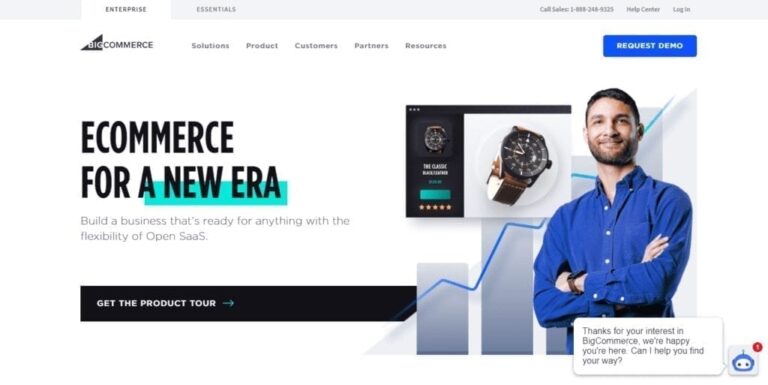Google recently released its earnings for Q3, reporting continued strong revenue growth of 41% versus the same quarter in 2020. Google’s CEO Sundar Pichai used the earnings call to recognize that it has been five years since he laid out his vision for Google as an “AI-first” company with the goal to be more helpful to its users. This mission includes products like Assistant but also more recent technical developments like Multitask Unified Model (MUM), which is a thousand times more powerful than Google’s previous search technology (BERT) and far more capable of understanding context across many contexts — including images.
From a category perspective, Retail was called out as the largest contributor to growth during the quarter. It was noted on the earnings call that “a billion shopping sessions” happen across Google every day. Many of those sessions take place on YouTube, which continued to grow and saw an increase of 43% in the quarter. With $27 billion in revenue over the last 12 months, YouTube is effectively the same size as Netflix. YouTube is increasingly focused on becoming a more shoppable channel and disclosed that Video Action Campaigns are driving more conversions than previous formats and advertisers that leverage product feeds as part of these campaigns saw 60% more conversions at a lower cost than those who didn’t. YouTube is also experimenting with creator-driven shows this holiday season in an effort to provide a livestreaming experience that drives commerce.
Some highlights from the quarter:
- Revenue increased 41% for the quarter (39% on a constant currency basis) totaling $65.2 billion.
- Advertising revenues were $53.1 billion — an increase of 43.2%.
- Search revenues were $37.8 billion — an increase of 44.0%.
- YouTube ad revenue was $7.2 billion — growing 43.0%.
- Google Cloud revenue was $5.0 billion — growing 44.9%.
- Other revenue, which consists of Google Play, Hardware and YouTube’s non-advertising services, was $6.7 billion — growing 23.2%.
- Operating income was $21.0 billion, up from $11.2 billion a year ago.
- Hiring continued, and Google now has just over 150,000 employees.
- Paid clicks increased 22%, average cost per click increased by 18%.
Beyond just YouTube, Google has continued to become more visual in nature and some recent changes highlight that. At its Search On ‘21 event, Bill Ready, Google’s president of commerce, showed off new shopping experiences on mobile devices that make it easier for shoppers to effectively window shop on Google.
In this example, a search for “cropped jackets” provides an experience that enables the user to more easily filter based on color, gender and other attributes. This user experience is enabled by Google’s Shopping Graph, which now contains more than 24 billion product listings.

This experience puts a greater emphasis on the visual appeal of each product. The mobile experience has also been modified to utilize a continuous scroll. From a shopping perspective, the result is that Google Shopping listings can appear in many places throughout the search results page. Ultimately, the AI technology will configure the page to best match the context of the search. For example, the “best match” may mean highlighting nearby stores that have relevant products.
A billion shopping sessions per day is a little hard to get your head around, but from these results, it’s clear that the future of shopping is visual, cross-device and powered by AI.




